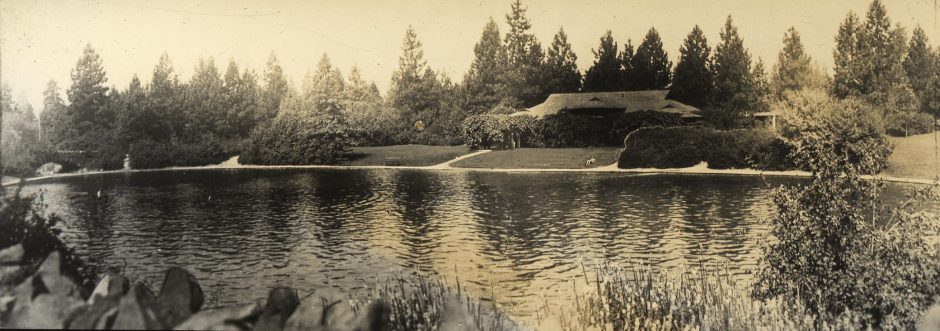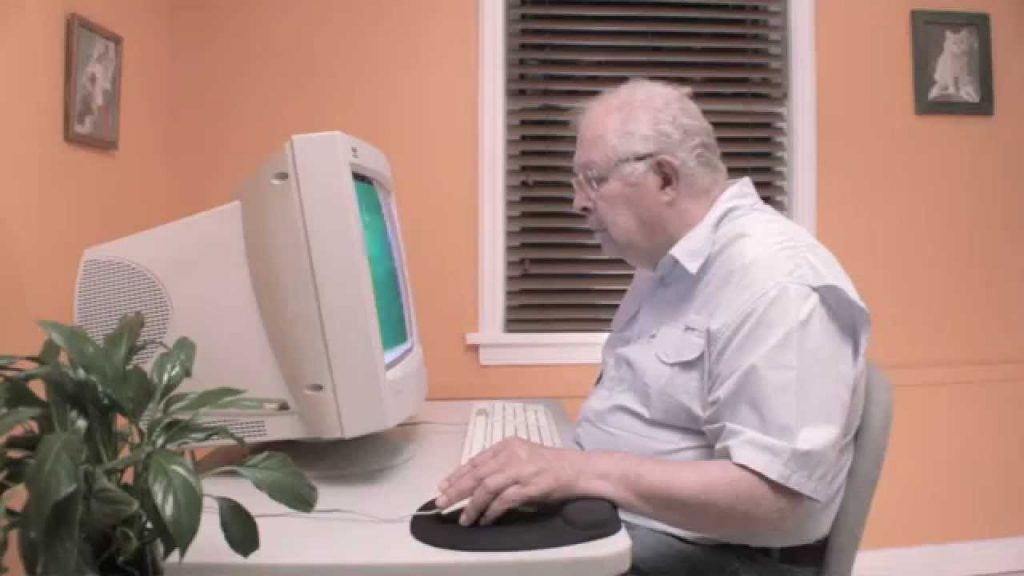Technology has changed the way that scholars do their work. Digital history is a perfect example of this. Digital technologies, and the internet in particular, now allow us to publish ideas, create archives, broadcast video and podcasts to the world. It provides an avenue to work remotely when researching and when collaborating with peers. This post will look at how digital history has changed over the years, and the debates surrounding the future of the field. Once I am done discussing the digital world I will digress into a print book for a reaction to The Spokane Indians: Children of the Sun.
The idea of internet has been around for nearly sixty years. According to this History of the Internet video the internet only gained practical functionality in 1990. In the last twenty-six years we have made tremendous leaps and bounds in our abilities to produce digital content.
The Valley of the Shadow project was one of the first to utilize these new technologies for a digital history project. In a 2009 article, Historian Cameron Blevins points out that “At the bottom of the Valley‘s portal, it reads ‘Copyright 1993-2007.’” This shows that the project was not only a pioneer but that it has stood the test of time. The Valley of the Shadow is a digital archive of Civil War documents collected from two counties on opposing sides of the Mason-Dixon Line. The project has been highly thought of but it is not without fault.
The content is organized in a very strange way. When you land at the portal you are faced with a set of three building full of rooms that are barely discernible if you are not familiar with the graphics of the 1990s. There is no explanation on how to go about using the archives on that page but there is a link that will direct you to some instructions. But generally if you need instructions to use a website, something is wrong. In the comments of the Blevins article, Dr. Larry Cebula talks about his experience with a colleague who struggled to understand why there were “rooms.” The site simply is not intuitive enough. But is it still valuable and what else can we do with it? Blevins says no, and he offers some suggestions that may or may not be a “pipe dream.”
The Valley of the Shadow is a digital history project but what exactly is digital history? I do not plan to get deep in the weeds here because the definition is still ripe for debate. In 2008 at the introduction to a discussion on digital history the field was defined in simple terms as “an approach to examining and representing the past that works with the new communication technologies of the computer, the Internet network, and software systems.” This definition, although very broad, seems to cover the scope of what digital history is. Even in 2008 the scholars involved in this discussion were opining over how much the field had already changed while struggling to define digital history and especially to predict its future course.
The course of the field has been confused but promising. Nonetheless, some scholars are less than excited about digital history and the digital humanities in general. In an article titled “Technology Is Taking Over English Departments,The false promise of the digital humanities”, Adam Kirsch argues that often times digital projects only produce “fancy reiterations of conventional wisdom.” He continues in his concern saying that it is impractical for scholars to pursue “programming skills” in the midst of obtaining a Ph.D. that already takes as long as ten years to complete. Another article claims that the digital humanities are a product of neoliberal politics that are primarily concerned with profitability. The author argues that digital humanists are “pushing the discipline toward post-interpretative, non-suspicious, technocratic, conservative, managerial, lab-based practice.”
I understand that these scholars are concerned. Change is scary. However, their conclusions seem to be more founded in their fear of losing “traditional scholarship” and in turn, their jobs.
Finally, I read through the first three chapters of The Spokane Indians: Children of the Sun and I was surprised by the way that the authors chose to tell the story. It is a fascinating few chapters that weaves tribal oral history with traditional primary sources to build a history of the Spokanes that is appealing to both tribal members and others. We often assume that there is little we can tell about the history of the region precontact. Ruby and Brown prove that is not the case.
They discuss the smallpox epidemic of 1782 that killed approximately half of the Spokane tribe. This event occurred nearly twenty years before contact yet Ruby and Brown still feel very confident asserting that the event did occur. They strike a fantastic balance between their use of sources.
The authors move chronologically through the chapters while addressing the culture and customs of the Spokanes and their neighbors. A fascinating passage discusses a string of tree burials that occurred in Greenwood Cemetery in the early 1900s. It is not likely that these were done by Spokanes but possibly other neighboring tribes.
Ruby and Brown tell the story of Spokane Garry and Kootenay Pelly. They cast Garry in a more positive light than previous scholars, as they promised in the introduction. The third chapter brings the encroachment of missionaries both Christian and Catholic. De Smet and other early missionaries built missions from Flathead country to the east of Spokane to make evangelizing and conversion possible in the unsettled regions of the northwest.
Chapter three brings the end of the second era of contact between the Spokanes and white people. First, Indians interacted with the early traders who they were rather friendly with. Missionaries, eager to spread their message, were not far behind the fur traders. Indians got along with missionaries fairly well however problems were started to arise as evident in the the death of Marcus Whitman and his wife in Walla Walla. This was the beginning of much bigger problems as settlers would begin to flood to the Spokanes home.
I will fill you in on my reaction to the rest of the book in the following weeks.

